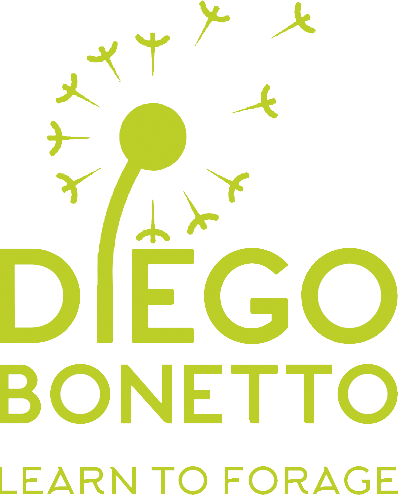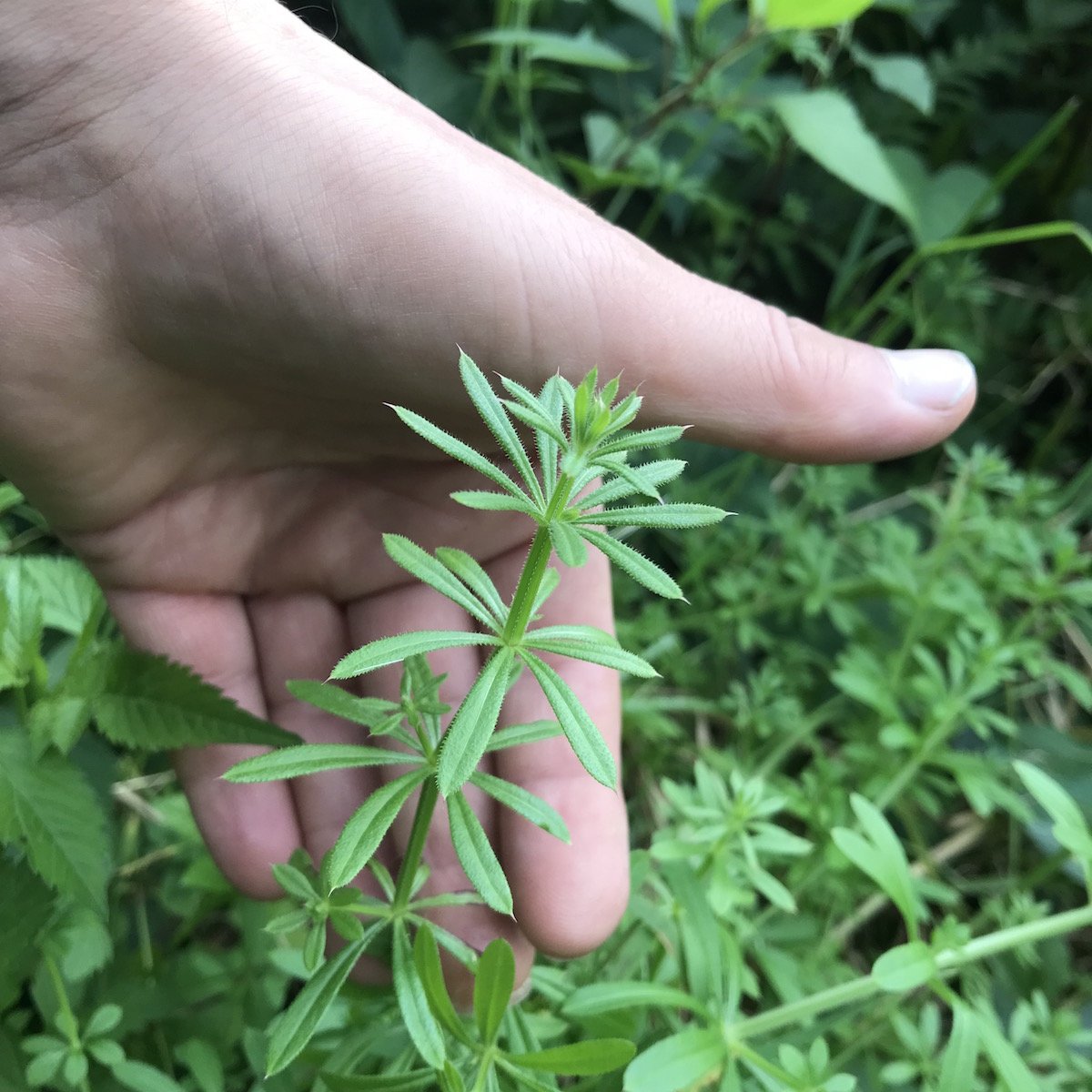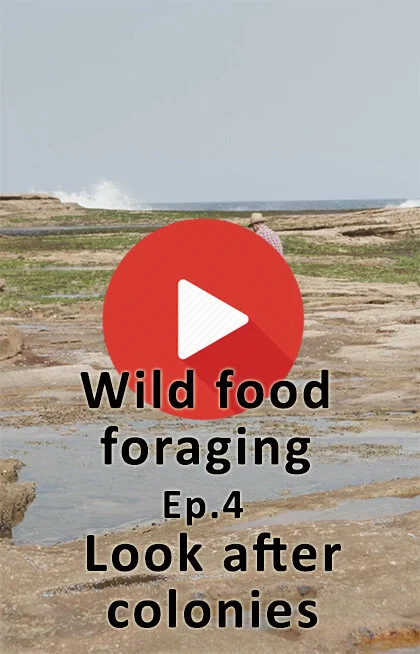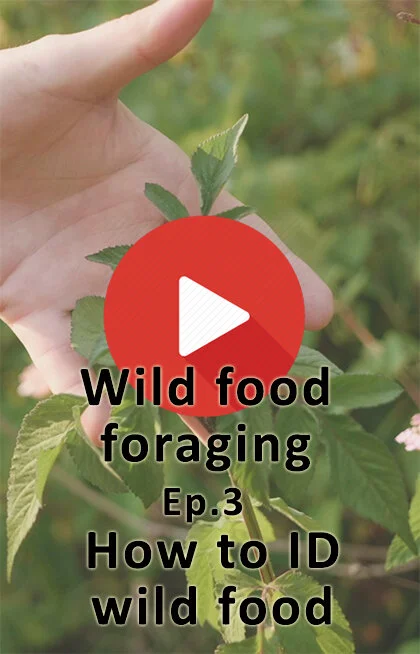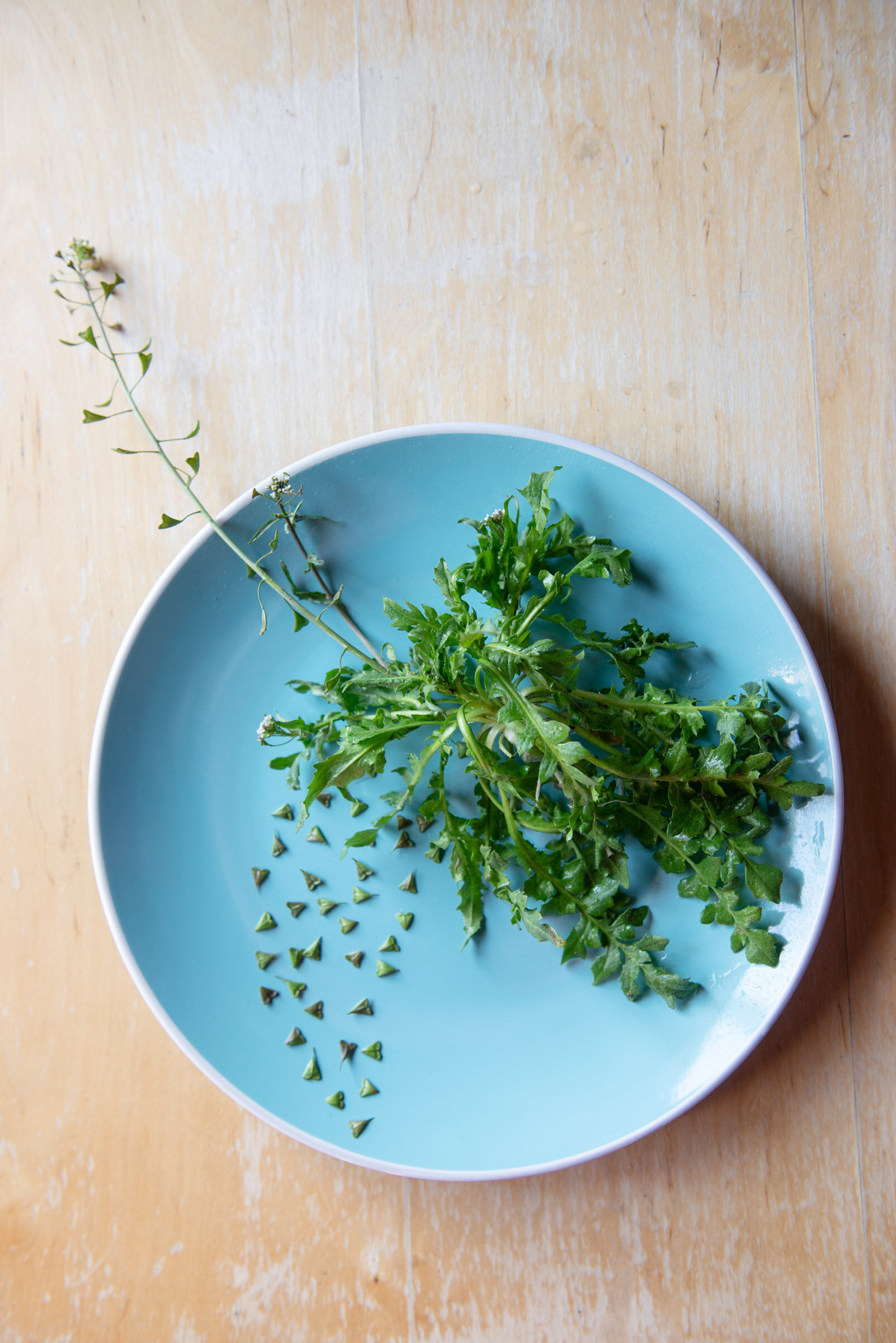This gifting season, give an experience and a skill for life. Give the Gift of Knowledge.
Read MoreWhat happens at Diego Bonetto foraging workshops? Read a review from two lovely young participants, who experienced knowledge, laughter, and empowering lessons on how to harvest a meal form the wild.
Read MoreIt’s springtime and the country roads of southeast Australia are lined with yummy wild asparagus.
Better be quick!
Read MoreLearn to identify three varieties of slipperies available in Autumn in pine plantations around Australia.
These Suillus species are all edible, silky and very delicate. Fantastic in European or Asian cooking. Skills forever.
Read MorePink peppercorns are growing on trees all over southern Australia. They are easy to identify and is a free source of spice. Yum!
Read MoreThe incredible Tamar Valkenier came to my foraging workshop. She’s a best selling author and a professional adventurer. Read what she has to say here>
Read MoreNeptune’s pearls or Neptune’s necklace is a common brown seaweed found in rockpools and rock platforms in many Australian states. Learn how to ID and use this yummy seaweed.
Read MoreCleavers cling to you, and you can eat them too.
Learn about this amazing wild plant useful for food and medicine
Gardening Australia segment on how to forage for edible weeds. They are yummy!!
Read MoreThe magic in all mushrooms, and all of creation.
How a workshop learning how to forage for mushrooms can offer so much more than just free food.
Some plants are just misunderstood. We think of them as a nuisance, growing out of the cracks in our pathways and becoming the curse of our perfect patios. And yet some pesky weeds are actually edible, nutritious and a much-celebrated food in many cultures. There’s no better example than purslane - Portulaca oleracea - a common edible weed that’s about to invade your garden over the coming months.
Read MoreRambling dock (AKA Turkey rhubarb) is a common weed on the east coast of Australia. It is also edible and yummy.
Read MoreMadeira vine is a weed of biblical proportions. It is also edible and medicinal.
Read MoreForaging for wild edibles is a great way to learn about fragility and sustainability. It gives you the chance to experience first hand the results of environmental damage. Foraging will allow you to take responsibility and make you aware of your obligations. Look after Country is everyone's job.
Read MoreMake sure you know what you're looking at before you eat it. If in doubt, do not eat it.
The way to check on key identification features is through visual clues, but also by using your other senses like smell and touch.
A great way to remember this is through stories, so learn the stories related to the plants, 'cause that will remind you of the features.
There are food and medicine plants everywhere you look. From the great knowledge of Aboriginal people to the knowledge of migrants related to weeds and non-natives, we have plenty to celebrate. Here’s a four parts video series on how to forage for wild edibles.
Read MoreWhy foraging today?
Watch a short intro to a four-part series that want to present the what, how, where and why of foraging in Australia.
Read MoreThere are plants with great stories; there are plants with funny stories; there are plants with old stories and then there is shepherd’s purse, who’s story is best untold.
Read MoreHow to ID your fleabanes. These common weeds are in your yard and have some pretty amazing qualities, including how to get rid of unwanted partners.
Intrigued? Read on >>
